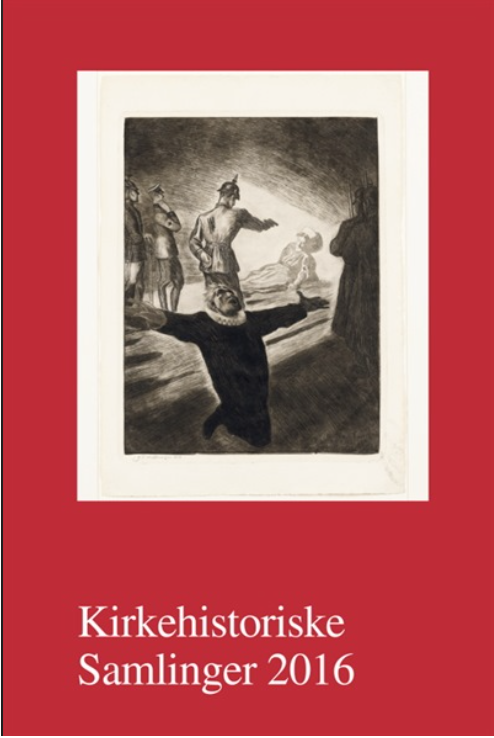Publiceret 25.02.2025
Citation/Eksport
Copyright (c) 2016 Tidsskriftet Kirkehistoriske Samlinger

Dette værk er under følgende licens Creative Commons Navngivelse – Ingen bearbejdelser (by-nd).
Resumé
Det er almindelig kendt, at en lille gruppe hollandske bønder bosatte sig på Amager i begyndelsen af 1500-tallet. Derimod er det gledet ud af den kollektive erindring, at mange tusinde danskere og nordmænd i 1600-tallet og 1700-tallet bosatte sig i Amsterdam. Hovedparten af dem var jævne mennesker, der ernærede sig som lavtlønnede migrantarbejdere. Blandt de mange udvandrere var dog også en håndfuld præster og sværmere, som var kommet i konflikt med myndighederne i Danmark og derfor havde søgt tilflugt i Amsterdam, hvor den religiøse tolerance var langt større end i hjemlandet. En af de religiøse dissidenter var den tidligere proviantmester Christen Pedersen Abel, der spillede en hovedrolle, da de dansk-norske indvandrere i Amsterdam i 1662 besluttede at etablere deres egen kirke. Artiklen redegør for historien om den dansk-norske kirkes tilblivelse, som skete meget mod det lutherske konsistoriums vilje. Der redegøres også for, hvordan en stor del af den dansk-norske menighed under ledelse af Pedersen Abel konverterede til den reformerte kirke. Grundet mistanke om grov svindel med en pengeindsamling blev menigheden sidenhen tvangsopløst.
Summary
Due to the economic expansion of The Dutch Republic in the 17th century the small nation at the shores of North Sea attracted a large number of migrant laborers from the neighboring countries. Among them were a large contingent of Danes and Norwegians of whom several thousand settled in the Amsterdam. Initially the Scandinavians joined the Lutheran congregation in Amsterdam which was dominated by German immigrants. Dissatisfied with the German dominance a group of Danish and Norwegian immigrants in 1662 established their own church in a warehouse on Prinseneiland. Later on the church moved to a warehouse on Oude Schans in the eastern part of Amsterdam, which had a high concentration of Scandinavian immigrants.
The Lutheran consistory was strongly opposed to the Danish-Norweigian church and tried to prevent it from being established. However the consistory was politically outmaneuvered by the Scandinavian immigrants. In the power struggle between the consistory and the Scandinavian immigrants the two Danish religious dissidents Frederik Brekling and Christen Pedersen Abel played a significant role. Abel was to become priest of the Danish-Norweigian church but he had no formal education, which was a major concern of the Lutheran consistory that feared that he would lead his congregation astray. The concern proved to be well founded as Abel and a large part of the congregation converted to Calvinism in 1666. The new reformed Danish-Norweigian church was absolved due to dramatic events in 1673. Despite the continued immigration to Amsterdam in the 18th century a Danish-Norwegian church was not to be established again, which in part can be ascribed to a decline in the number of Scandinavians who migrated to Amsterdam.
The Scandinavian church in Amsterdam is just a parenthesis in Danish church history. When it comes to the study of the Danish and Norwegian immigration to the Dutch metropolis the church occupies a far more central role. Thus the story of the church provides a unique insight into to the organization of the Scandinavian immigrant community and into the social and cultural self perception of the immigrants.

